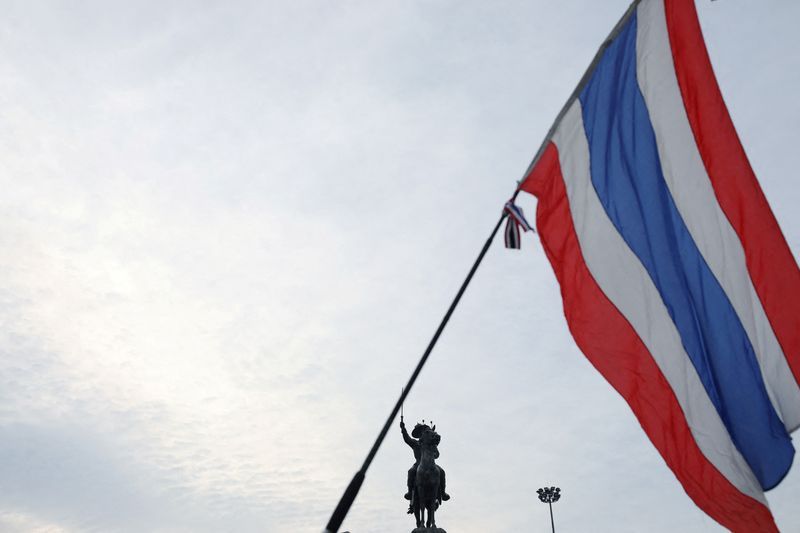
FILE PHOTO: Members of Koomurri Aboriginal Dance Troupe participate in a traditional Australian Aboriginal smoking ceremony as part of celebrations for Australia Day, which marks the arrival of Britain's First Fleet in 1788, in central Sydney, Australia, January 26, 2018. REUTERS/Steven Saphore
SYDNEY (Reuters) - Australia plans to hold a federal referendum later this year to constitutionally recognise its Aboriginal and Torres Strait Islander people through the establishment of a representative Voice that will provide non-binding advice to the parliament.
Here's what you need to know about Australia's 'Voice to Parliament' campaign:
Save 30% and win Bosch appliances! More Info






































